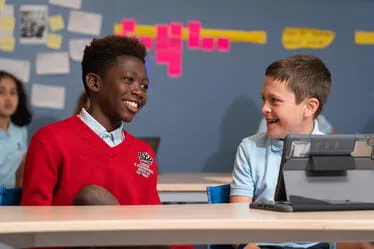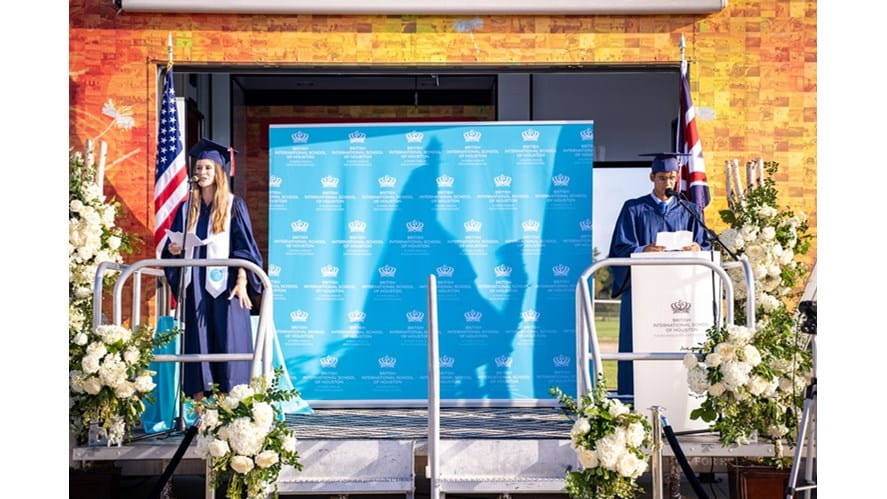Mathematics and Architecture A dialogue with blocks
There is always a huge interest in the block areas. When we observe the constructions of the children, we see the beauty of their architectural design - the lines, the empty spaces, the sophisticated attention to detail. And we begin to realise how different fields of knowledge - mathematics and architecture- interweave together, where the beauty of mathematics begins to exist when it becomes visible to our eyes through the concrete construction of its architectural design.
Frank Lloyd Wright, the American pioneer of the modern school of building design has written of the profound effect play with wooden blocks in early childhood had on his later development as an architect.
“The smooth shapely maple blocks with which to build, the sense of which never afterwards leaves the fingers: so formbecame feeling...Here was something for invention to seize and use to create”
He describes his discovery of the potential of the shapes to generate yet more shapes when combined with each other - in other words, the ‘grammar’ of block play- and says,
“These primary forms and figures were the secret of all effects...which were ever got into the architecture of the world.”
Visual harmony is a particularly striking feature of block play. This might be seen as a by product of striving for structural balance. There is often a rhythmic combining and patterning of movement, shape and space. As they move with the blocks, the children often seem unaware of the visual effects being created. Gradually the dominance of rhythm and action is replaced by a more reflective approach to composition. We see the children trying a block in various positions and orientations without releasing until and unless they are satisfied. Eventually they become sufficiently experienced to be able to visualise the effects they want to create in advance of actually building, to select the appropriate blocks in advance.
Many children spontaneously express pleasure on the aesthetic aspects of a particular structure. Maybe ‘elegant’ would be an appropriate word to describe these arrangements. It seems that St Thomas Aquinas, writing in the thirteenth century, was quite insightful when he stated, “the senses delight in things duly proportioned.”
The models and images in our construction area highlight the fusion of mathematics and architecture and communicate something of the feel of children being mathematical as part of the block play process. We are concerned to illustrate the way in which competence develops, with children driven by curiosity to study mathematical relations, to reflect on their problems and eventually come up with increasingly regularised but flexible methods of dealing with them.
The language of mathematics
We have had the opportunity to observe many beautiful moments in the children’s block play. The children begin to construct and represent things they know and think about in their block play. They play in a sustained way showing deep commitment, concentration and involvement. They come to value their own and the efforts of others. They admire, celebrate and come together round an experience they can begin to share with the community in which they operate. Vygotsky believed that play shows children operating at the highest level of which they are capable. Froebel believed play to be the most spiritual and highest level of the child’s functioning. There have been times during block play when we have felt very close to the thinking of both Froebel and Vyogtsky in ways that put us in touch with what it is that young children need in their development.
When children interact with blocks they produce intriguing situations. Sometimes these can be in the pursuit of practical goals. Equally often , intriguing situations present themselves during the course of what could be called the children’s focussed doodling with the material. In context they often become spontaneously engrossed in seriating for its own sake as well as classifying, exploring topological relationships, lines, angles and surfaces, part-whole relationships, sequence, aspects of number, area and volume. When children are free to invent such arrangements, they seem to gain as much satisfaction from organising their blocks in these non-utilitarian ways as when pursuing more definite goals. The appeal often seems to be both mathematical and aesthetic.
Children’s natural capacity for engaging in mathematical action at the experiential level, driven sometimes by need, often by curiosity only, to check out possibilities, we see how they begin to create rules based on developing mathematical understandings, which can be adapted for different purposes. Mathematics is often described as the search for relationships and pattern. Through play with blocks, the children show us their positive and confident approach to mathematics as they search to understand increasingly more complex relationships and develop increasingly deeper thinking about mathematical concepts.
problem solving,
symmetry,
numerical order,
patterns,
lines, angles,
properties of shapes,
spacial relationships,
measurement,
estimation, area, volume,
whole and part relationships...
References:
Froebel, F. (1895) Pedagogies of the Kindergarten
Vygotsky, L.S. (1962) Thought and Language
Wright, Frank Lloyd (1932) An Autobiography







